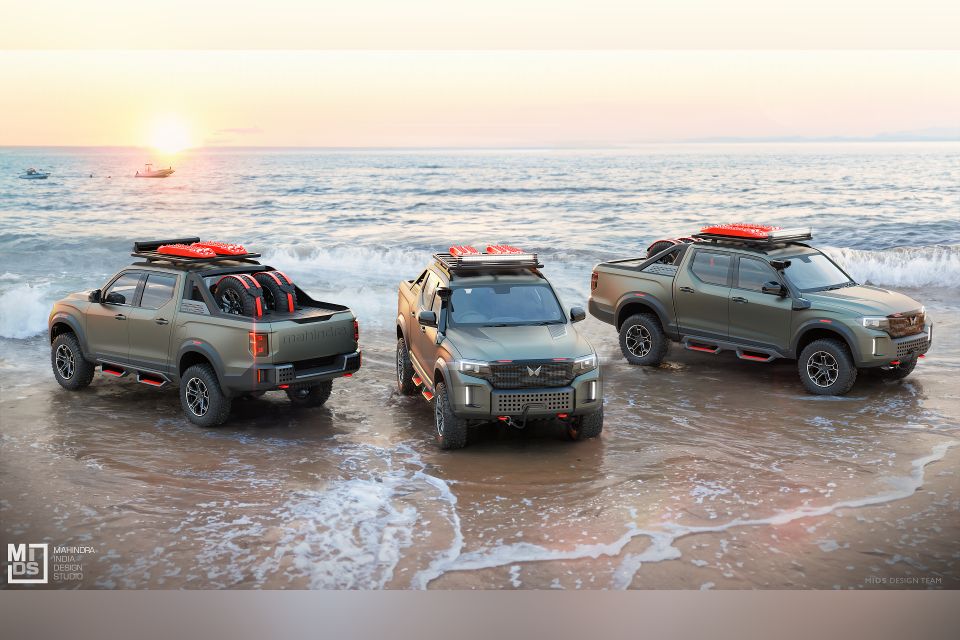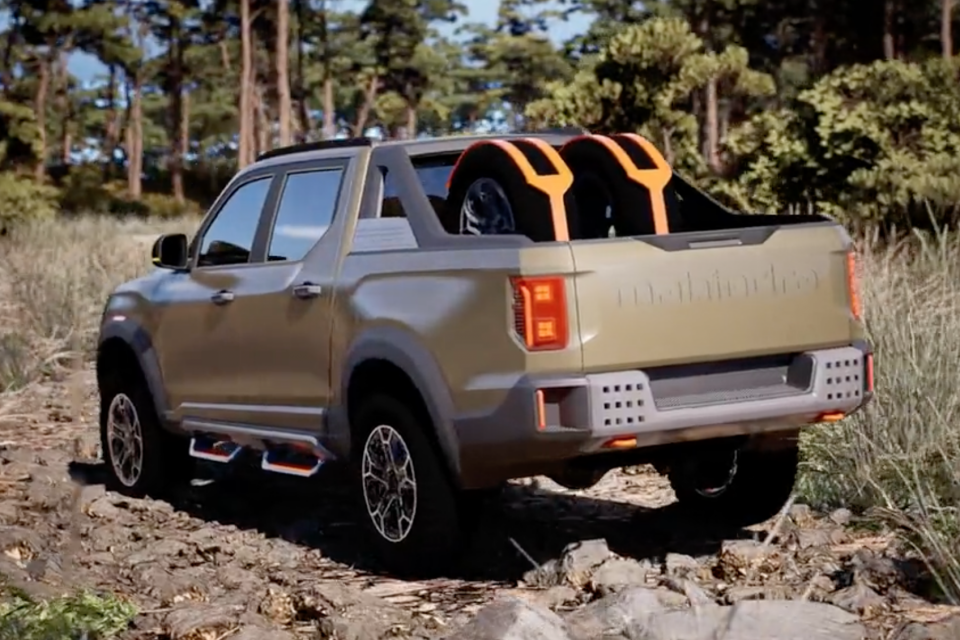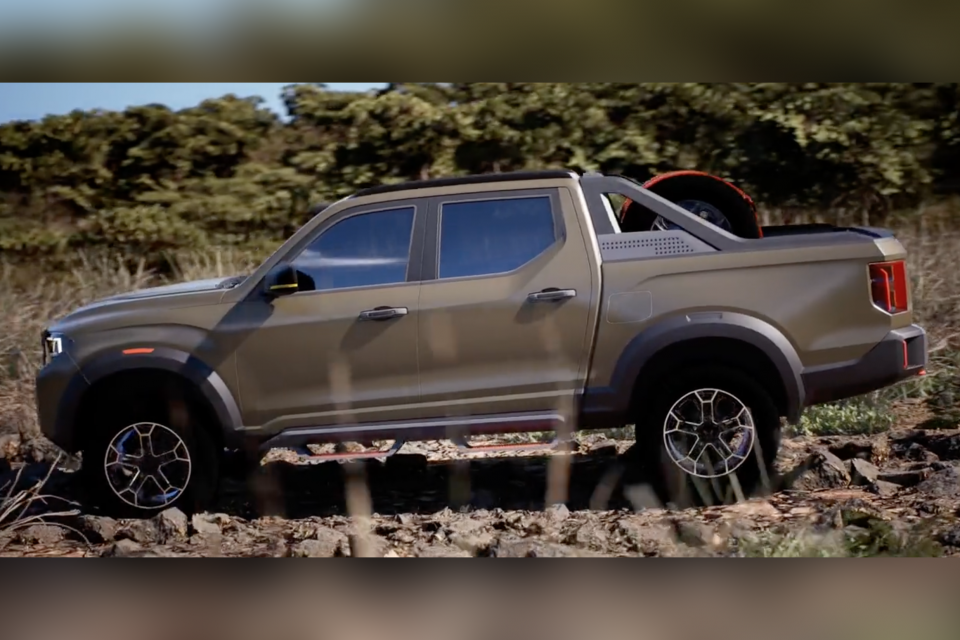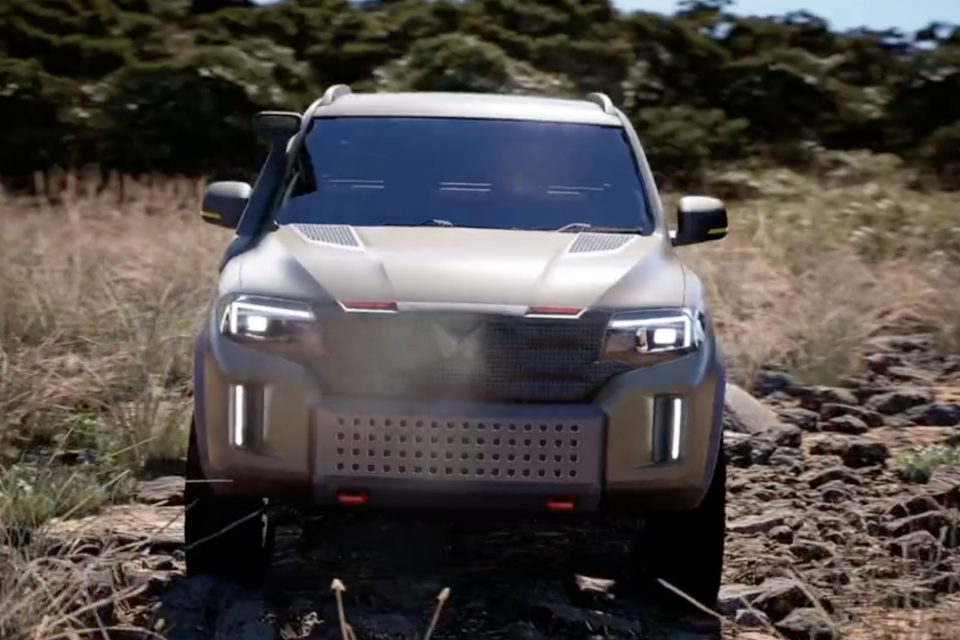

Shane O'Donoghue
2025 Nissan Ariya Nismo review: Quick drive
6 Days Ago

Founder
Mahindra has confirmed its new ‘global pickup’ is in the process of being developed and it will be coming to Australia by mid-2026. What we know so far:
Speaking to media at Mahindra Research Valley, Velu Velusamy, president of automotive technology and product development, said that the yet-to-be-named global pickup will go head-to-head with segment leaders like the Ford Ranger, Toyota HiLux and Mitsubishi Triton.


“We’re going after all the established players…when we went to Australia, went to South Africa, we benchmarked the top-selling ones and we are aiming for number one and number two, number three, [the] top three brands in the category,” he said.
“All product attributes, all user requirements. Also all use cases in which those products work, those are being studied thoroughly to see how it means I can create a difference.”
While the global pickup concept looks quite similar to the Scorpio, Mr Velusamy confirmed that it would sit on a unique platform. This is achieved through a number of body-on-frame chassis changes, including a lengthening of the centre section to achieve a longer wheelbase.
“They have a different wheelbase, a suspension architecture, different front and rear overhangs,” he said.
The Scorpio uses independent double wishbone suspension on the front axle, but a coil sprung multi-link rear suspension setup. This indicates the global pickup is likely to use a leaf sprung suspension setup similar to most other competitors in the segment.


It’s also likely to sit on a longer wheelbase to afford the type of tray and payload capacity established players in this segment feature.
When it comes to engines, Mahindra was quite adamant that its current drivetrain would be suitable for the task, but would offer a higher torque output in the not too distant future.
“The power train could generally be the same. Because it is almost brand new [2 years old],” Mr Velusamy said.
When pushed on this, he admitted there was overhead capacity for more torque.
“450[Nm] it’s capable of,” he said.
Mahindra’s hands are tied by the gearbox. Both the Aisin six-speed automatic and Mahindra’s in-house six-speed are torque limited to 450Nm, so if Mahindra did want to compete directly with the twin-turbocharged Ranger or larger capacity, single-turbocharged HiLux, a new set of gearboxes would be on the cards.


Mahindra’s view is that the single-turbo 2.2-litre on offer from Mahindra is best in class for volumetric output and that it is striving for a balance between torque output (at 450Nm) and efficiency in comparison to its peers.
Mr Velusamy went on to clarify that Mahindra wouldn’t aim to compete with sport models on offer from the likes of Toyota and Ford in the form of HiLux GR Sport and Ranger Raptor variants. Instead it will compete with everything from entry-level HiLux and Ranger variants through to the top of the volume models such as the HiLux SR5 and Ranger Sport.
“So what…we do not get into those specialised variants like Raptors and we want to play into the value segments, or the high volume segments anyway,” he said.
“We will stop at around Sport [Ranger Sport], that will cover the complete spectrum by specifications, by the technology, all of them.
“We will be the very few ones to come up in timeframe, when NCAP will be bringing the new norms. We will be a bit ahead of the curve.”
Where expert car reviews meet expert car buying – CarExpert gives you trusted advice, personalised service and real savings on your next new car.
Paul Maric is an Australian car expert based in Melbourne, Australia. Paul is a founder of CarExpert.com.au & formerly part of the CarAdvice founding team.


Shane O'Donoghue
6 Days Ago


Anthony Crawford
5 Days Ago


Matt Campbell
4 Days Ago


James Wong
3 Days Ago


Max Davies
2 Days Ago


Josh Nevett
14 Hours Ago